Music can change the world
The role of music in society goes back a long way. Music reaches people of all ages throughout the world, and is today an important way to react to both political and social life.


Music as a mirror of society
Historically, music has reflected the community of its time. Artists and composers have been inspired by their circumstances to express themselves musically, either to please or annoy others. Music is used for both happiness and sorrow, or as a reaction to social problems.
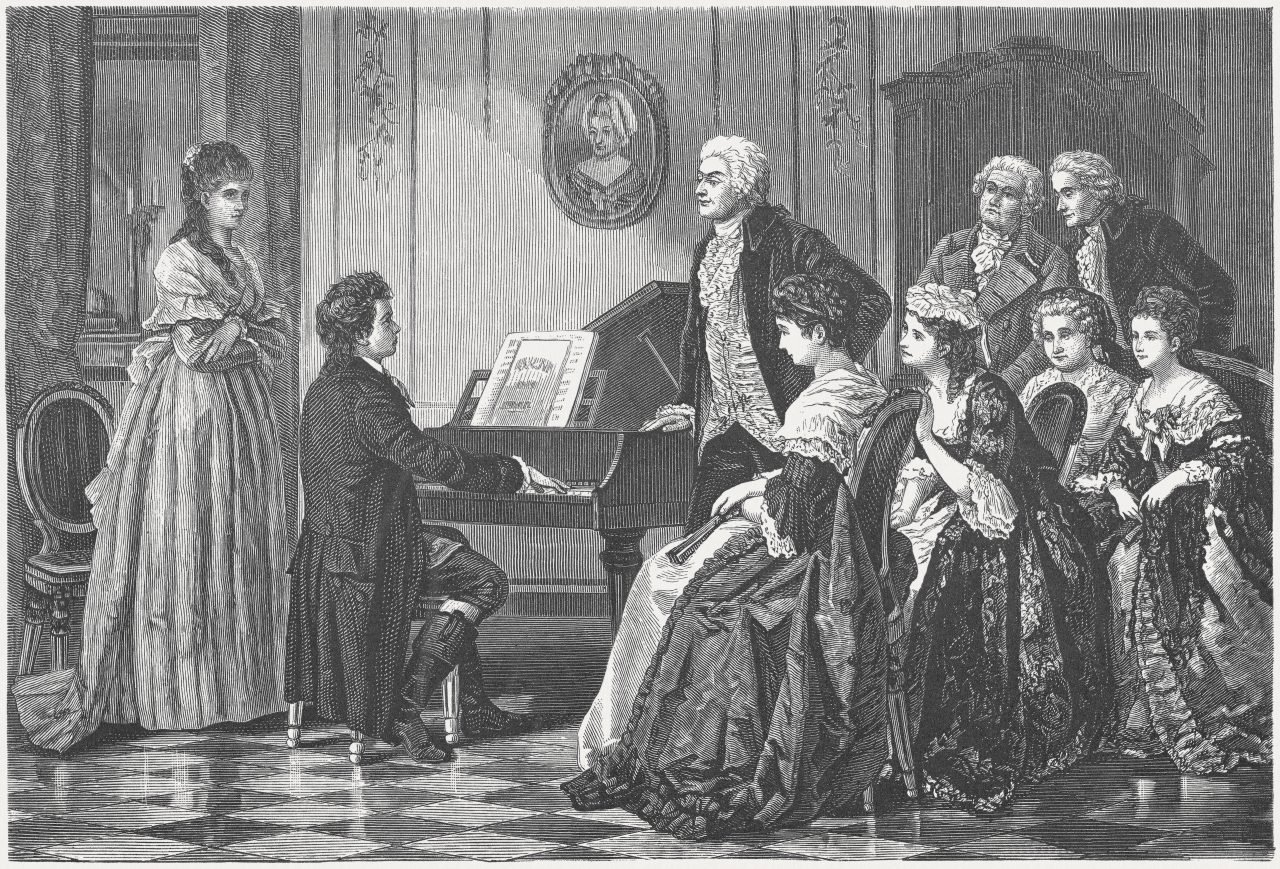
The music of the Viking Age
Song and music played an important role in the Viking Age. There was music for celebration, when children were put to bed, or when heavy work was done. The Vikings used musical instruments in war. They did not write down notes, so we have no record of what their melodies sounded like. Many of their instruments have been discovered. The Vikings played music on bronze lur horns, bone flutes and goat horns. Chiefs and kings showed their power and strength by having their own musicians.
📷 Bronze lur horns discovered in Brudevælte, Denmark in 1797.
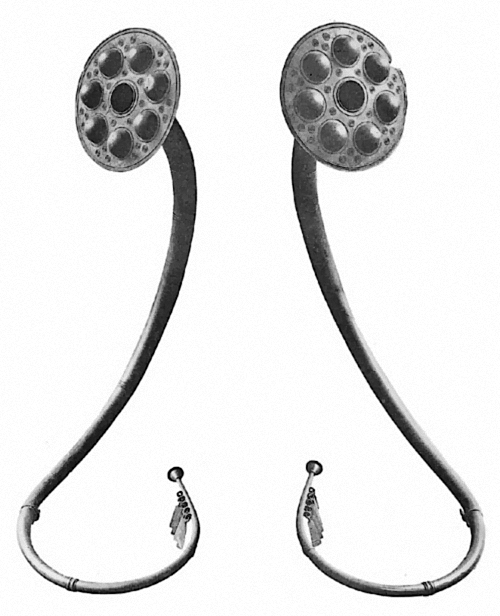
The Icelandic football chant
The Icelandic national football team was celebrated in 2016 for their fantastic success in the European championship. The uniting force of this Viking-inspired chant is epic.
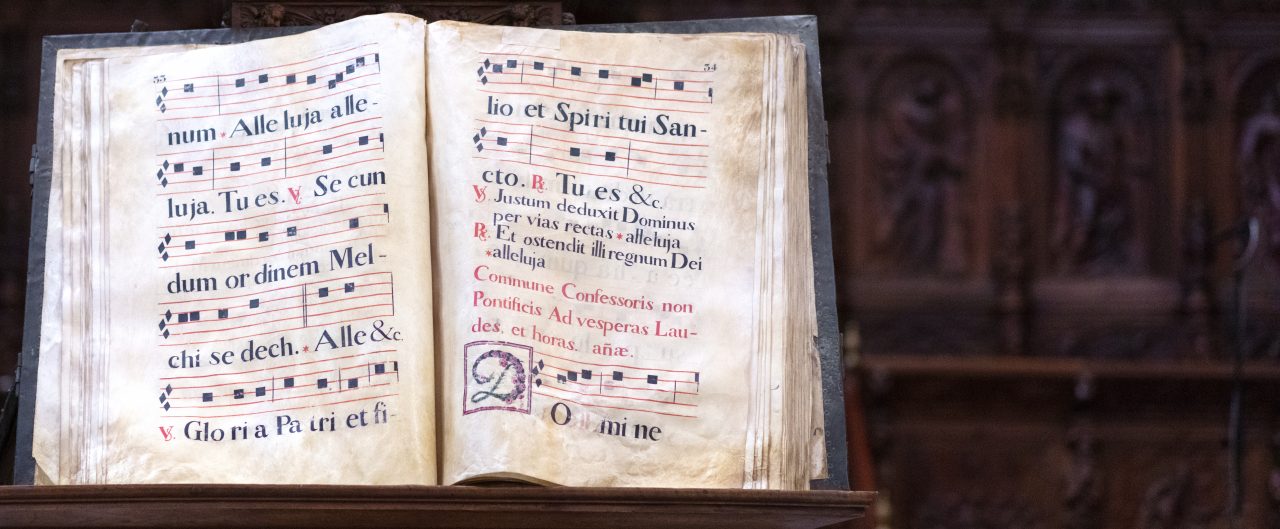
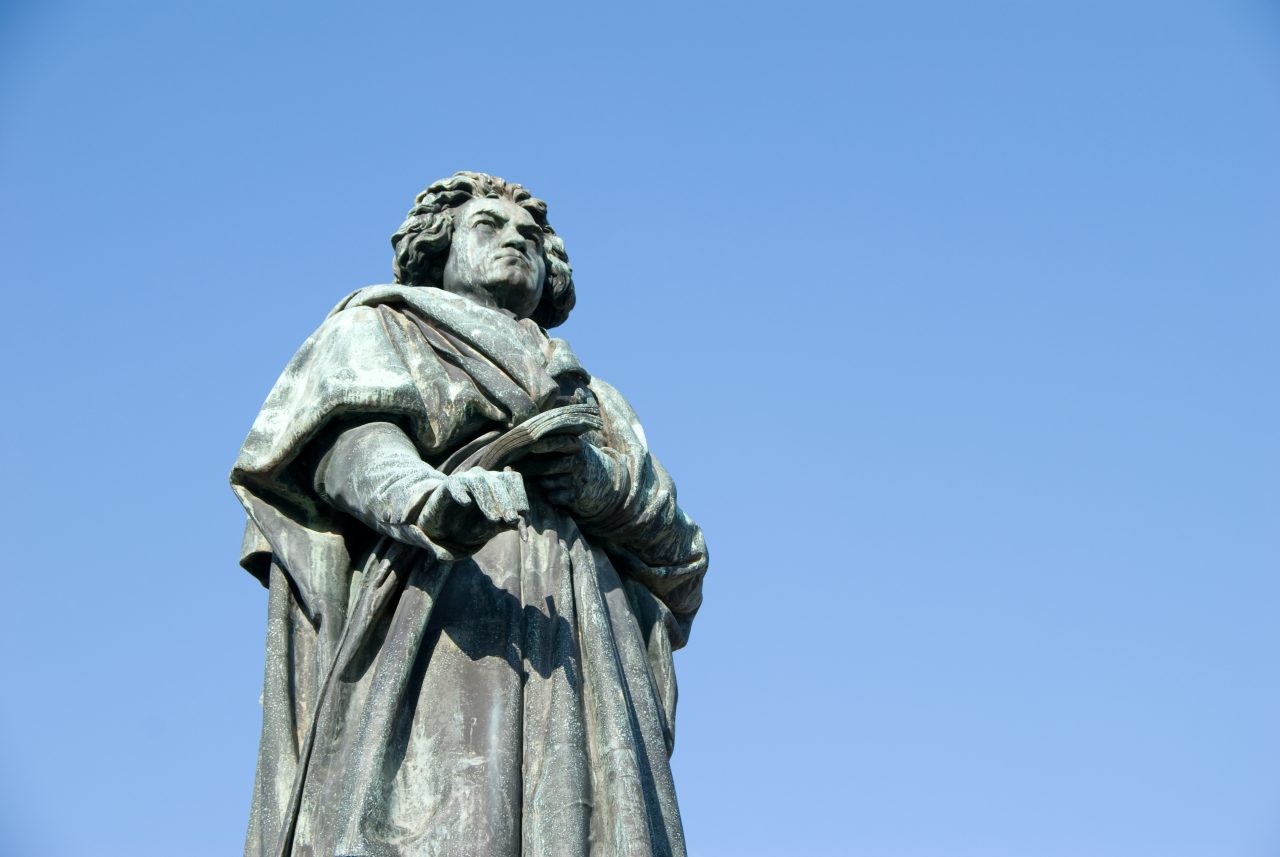
From spirituals to rock ’n’ roll
In the 1600s there was an enormous request for cheap labor in America. Slaves were shipped to the United States from African countries and were exposed to cruel conditions. They worked on large farms called plantations, on railways or in mines. Song and music helped the slaves organize work but also gave them comfort. Slave songs, or spirituals, later inspired rock ‘n’ roll, blues, gospel, and other forms of music.

Music for work motivation
In this video you can see African-American prisoners working on the railroads in the 1960s. They use their tools to make music like the slaves did.
Inspired by the music of the slaves
White artists were inspired by the music of the slaves. Even if racism separated black and white people, music brought them together. Black artists got more respect. The technological development of instruments, microphones, TV and radio made music more and more popular. Teen idols such as Elvis, Jerry Lee Lewis, Little Richard and The Beatles changed music history. Rock ‘n’ roll had a strong influence on culture and society in the 1950s and 1960s.
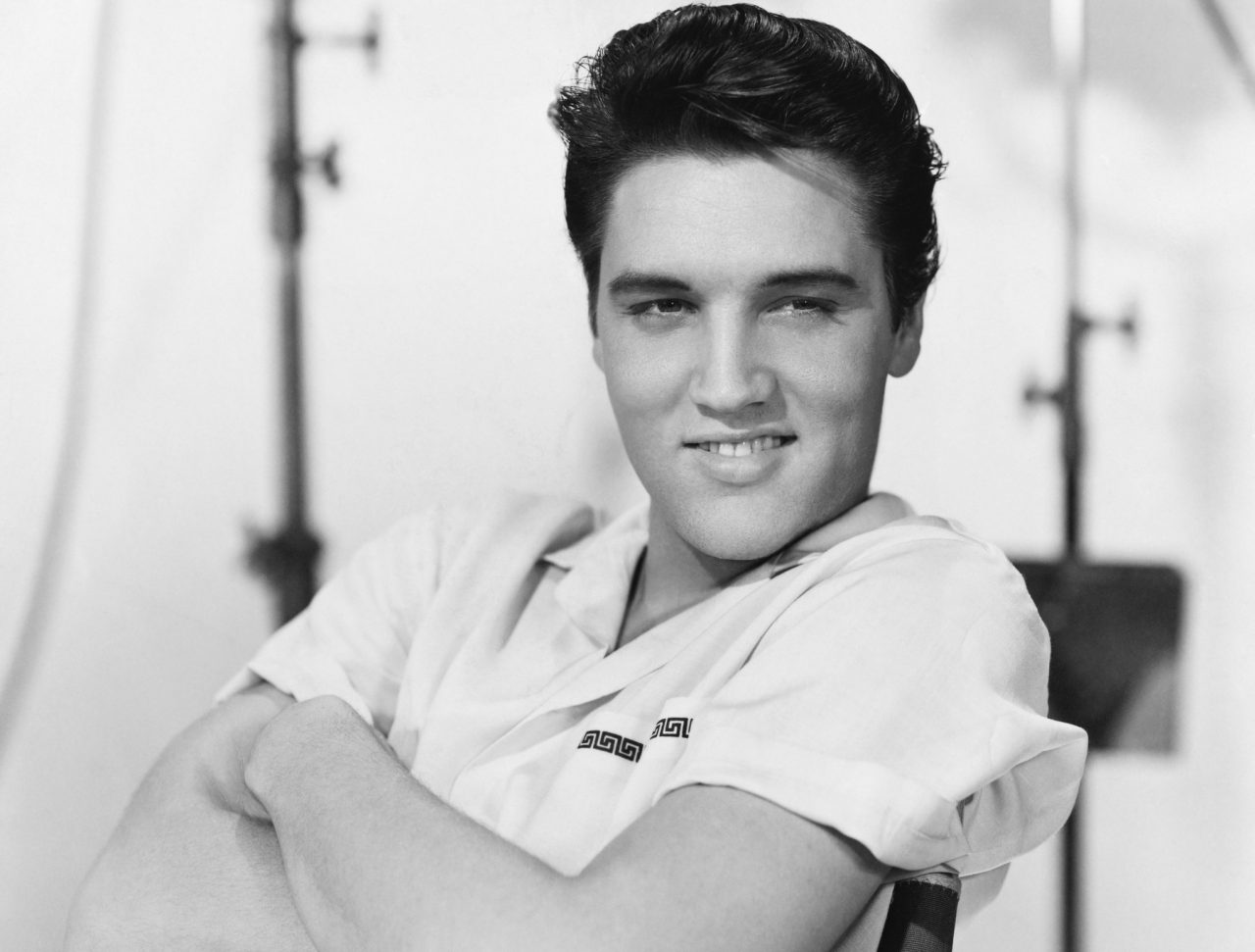

Rap music
Rappers performing songs about the environment, climate change, racism and social anxiety attracted a large young audience in the 1990s and the 2000s. Rap music created widespread social engagement.
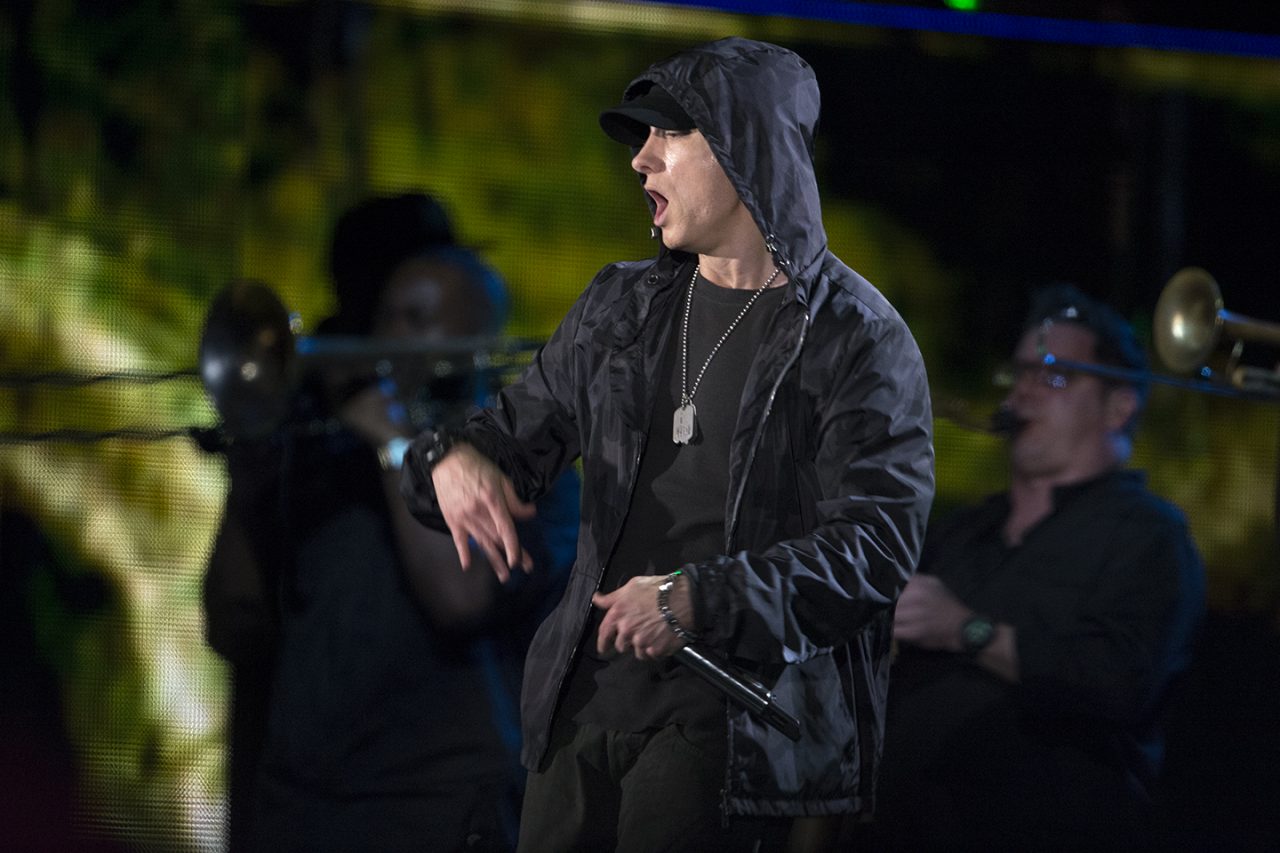

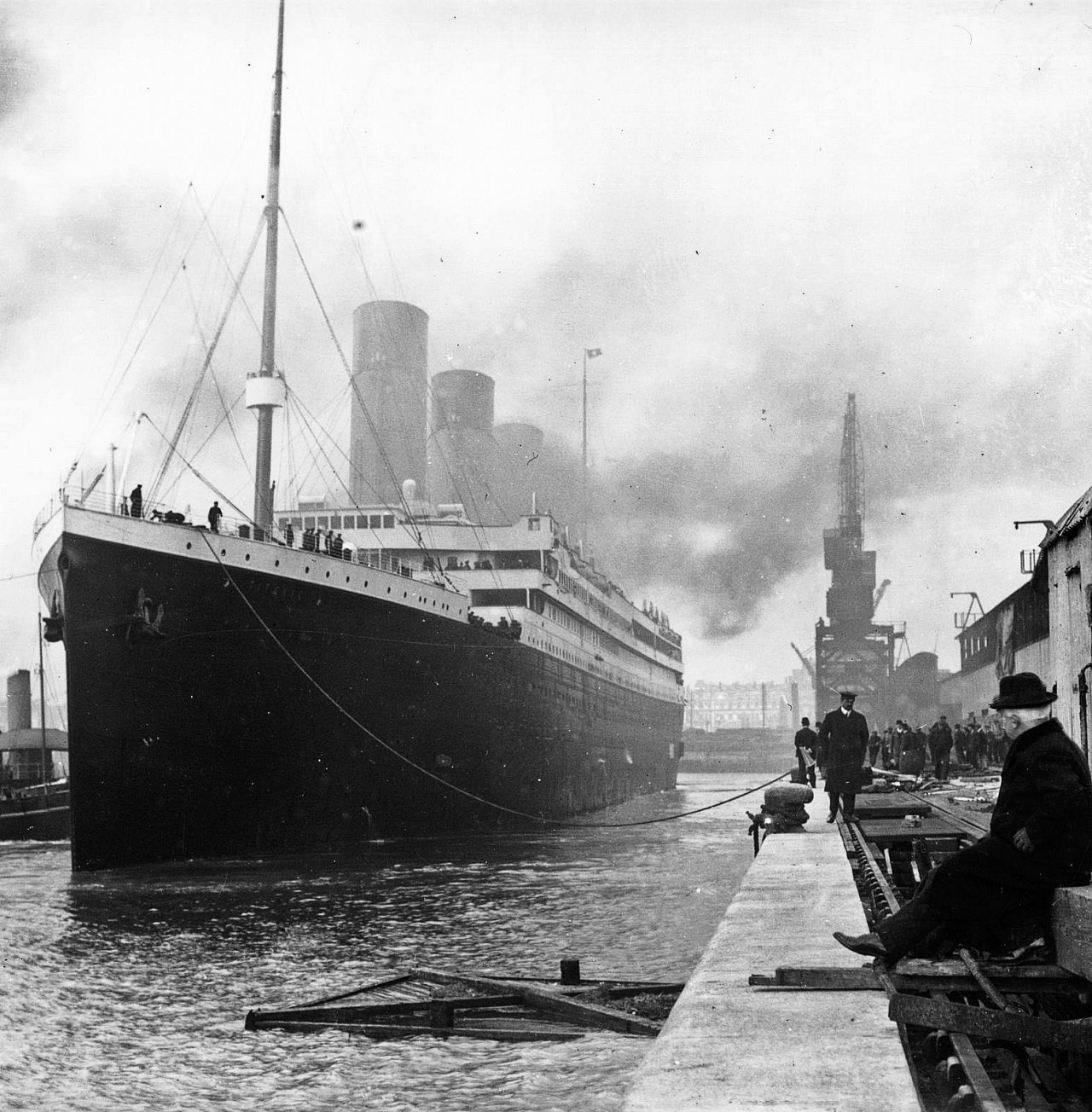
Sources:
- Ruud, Even: musikk i Store norske leksikon på snl.no.
Hentet 11. februar 2021 fra https://snl.no/musikk
- Viking.no (05.01.2021): Vikingtidens sang og musikk
http://www.viking.no/s/life/music/
- Hankeln, Roman: musikk i middelalderen i Store norske leksikon på snl.no.
Hentet 11. februar 2021 fra https://snl.no/musikk_i_middelalderen
- Bjerkestrand, Nils E.; Hosar, Halvor K.: musikk i klassisismen i Store norske leksikon på snl.no.
Hentet 11. februar 2021 fra https://snl.no/musikk_i_klassisismen
- Ruud, Even: rock i Store norske leksikon på snl.no.
Hentet 11. februar 2021 fra https://snl.no/rock
- Reader’s digest (21.06.2022): The evolution of music
https://www.readersdigest.co.uk/culture/music/the-evolution-of-music-the-music-revolution-of-the-1960s
- Spinditty (21.06.2022): Songs about suicide and suicide prevention
https://spinditty.com/playlists/Songs-About-Suicide-and-Suicide-Prevention
Media Rights:
-
-
Getty Images
-
Unknown
-
BeanymanSports – YouTube
-
Getty Images
-
Getty Images
-
Getty Images
-
David Hoffman – YouTube
-
Unknown
-
Unknown (CC BY 2.0) / Tristan Rovan – YouTube
-
Getty Images / Oxygene 80 – YouTube
-
EJ Hersom / DOD News Features (CC BY 2.0)
-
Peter Neill (CC BY 2.0) / Nichlas Andre – YouTube / LadyGagaVEVO – YouTube / Rap City – YouTube / Green Day – YouTube
-
Unknown / KendrickLamarVEVO – YouTube / Bechir Houman – YouTube / Janie94 – YouTube / remhq – YouTube
-

